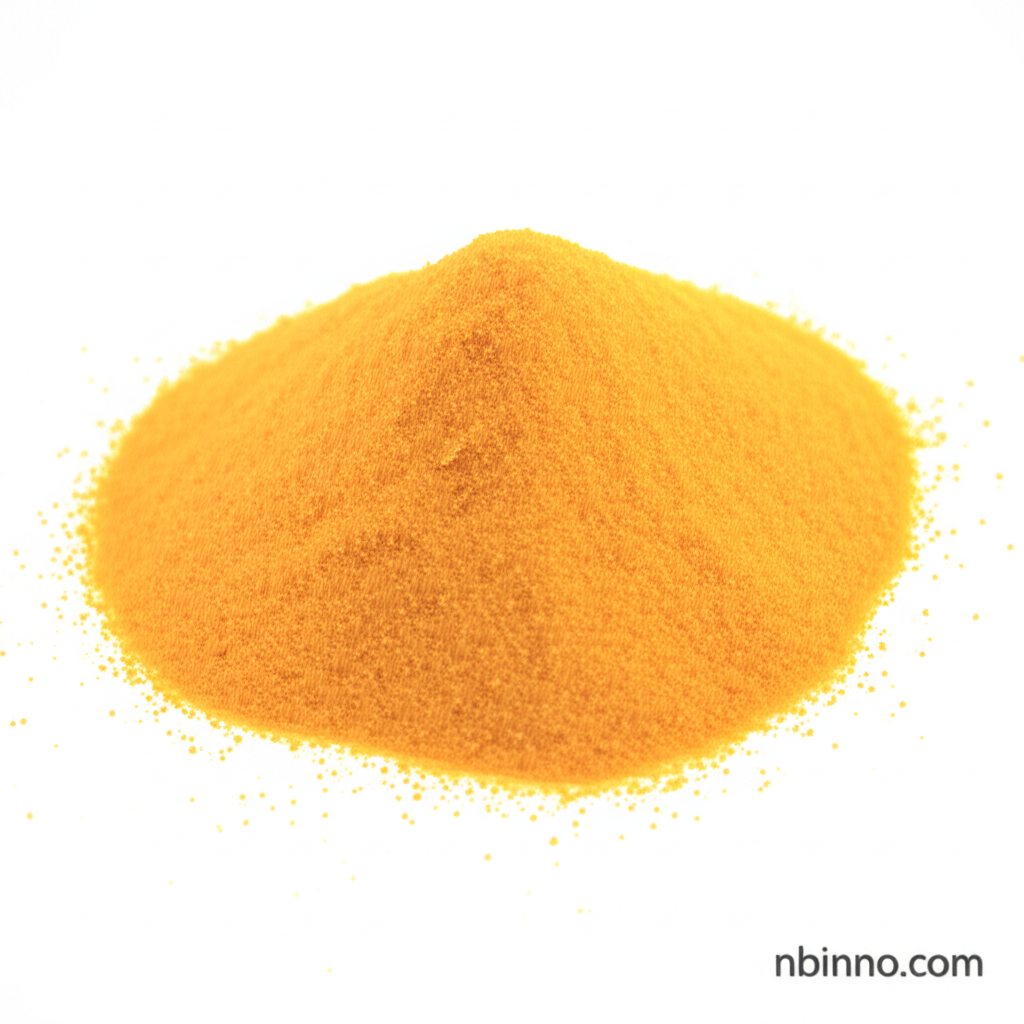3-Bromo-2,5-Dichloropyridine: A Versatile Intermediate for Innovation
Discover the critical role of 3-Bromo-2,5-Dichloropyridine in advancing pharmaceuticals, agrochemicals, and material science.
Get a Quote & SampleUnlocking Chemical Potential

3-Bromo-2,5-dichloropyridine
This compound is a cornerstone in organic synthesis, providing essential functionality for creating complex molecular structures. Its carefully arranged halogen substituents on the pyridine ring make it a preferred choice for targeted chemical transformations, significantly aiding in the development of advanced products across various industries.
- Explore the key applications of 3-Bromo-2,5-dichloropyridine in pharmaceutical research, enabling the synthesis of novel therapeutic agents.
- Utilize this vital agrochemical building block to formulate effective herbicides and insecticides for enhanced crop protection.
- Leverage the versatility of CAS 138006-41-4 applications in material science for creating specialized polymers and coatings.
- Understand the importance of organic synthesis reagents like this compound for precision in chemical manufacturing.
Key Advantages and Characteristics
Enhanced Reactivity
The unique combination of bromine and chlorine atoms in 3-Bromo-2,5-dichloropyridine provides enhanced reactivity, making it an ideal choice for intricate synthetic pathways.
High Purity
With purity levels often exceeding 95% or 99%, this compound ensures consistent and reliable performance in demanding research and industrial applications.
Versatile Application Spectrum
Its utility spans from life sciences to material innovation, highlighting its broad applicability as a crucial chemical intermediate.
Key Applications
Pharmaceutical Synthesis
As a crucial pharmaceutical intermediate 138006-41-4, it facilitates the creation of active pharmaceutical ingredients (APIs) and novel drug candidates.
Agrochemical Development
Its role as an agrochemical building block supports the development of next-generation pesticides, improving crop yields and protection.
Material Science Innovation
The compound is utilized in producing specialized polymers and coatings, contributing to materials with enhanced durability and resistance properties.
Organic Synthesis
Essential for organic synthesis, it allows chemists to precisely construct complex molecular architectures with high efficiency.
